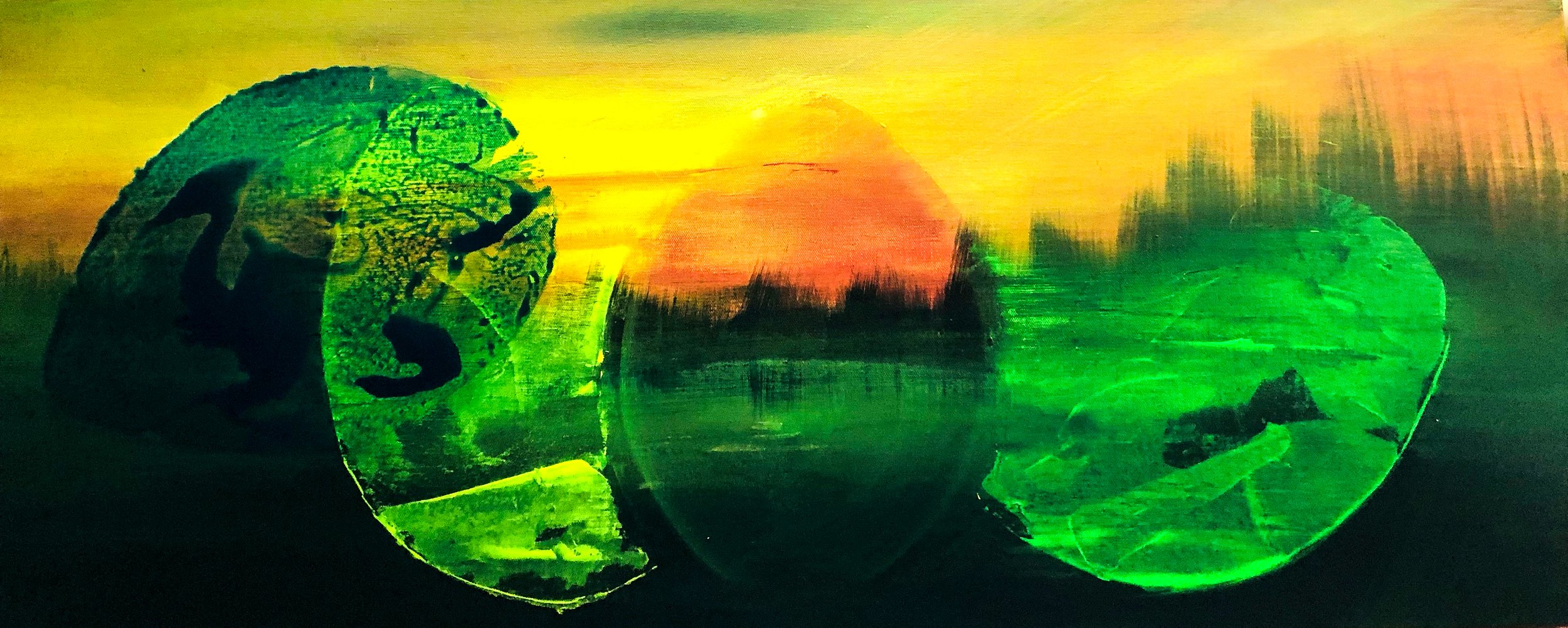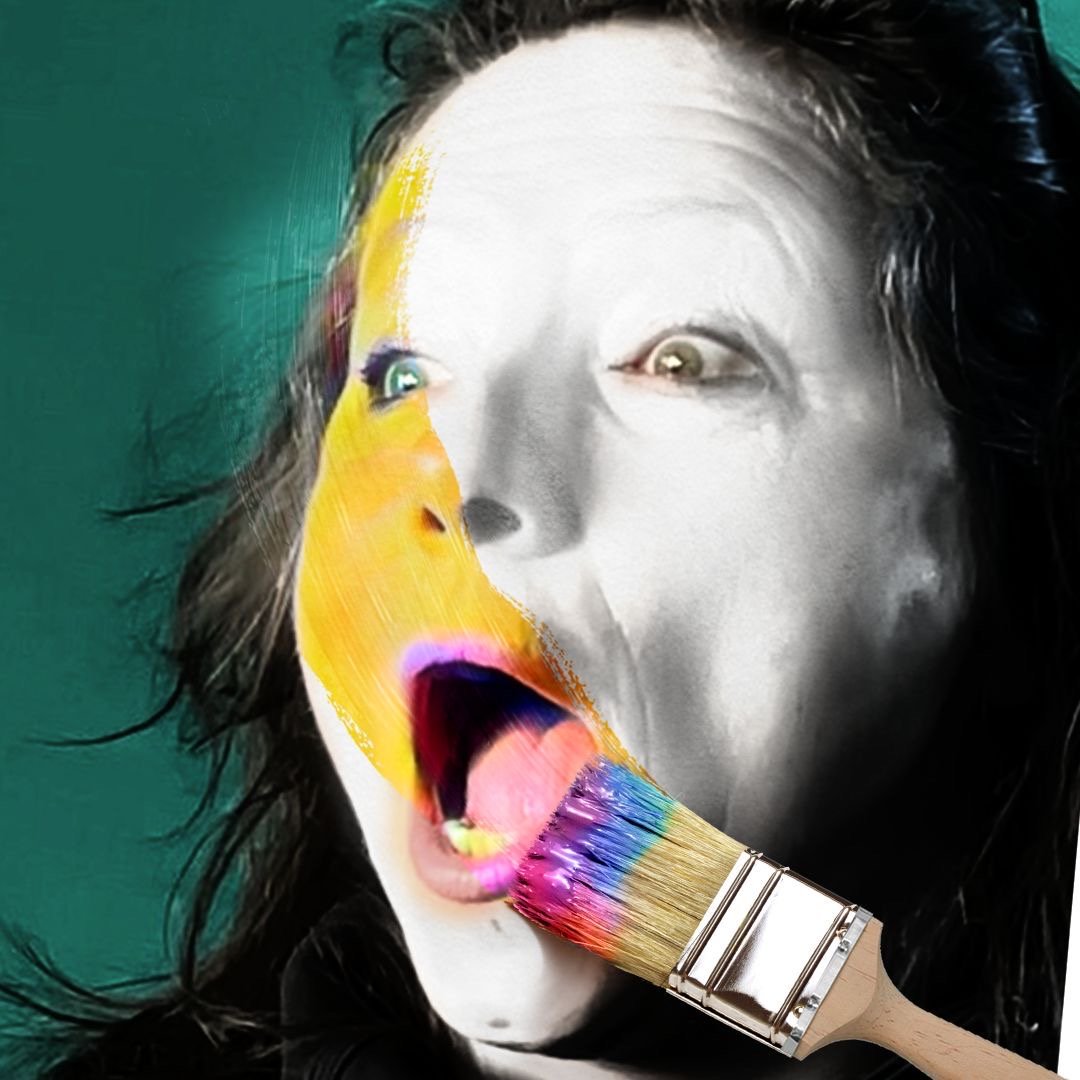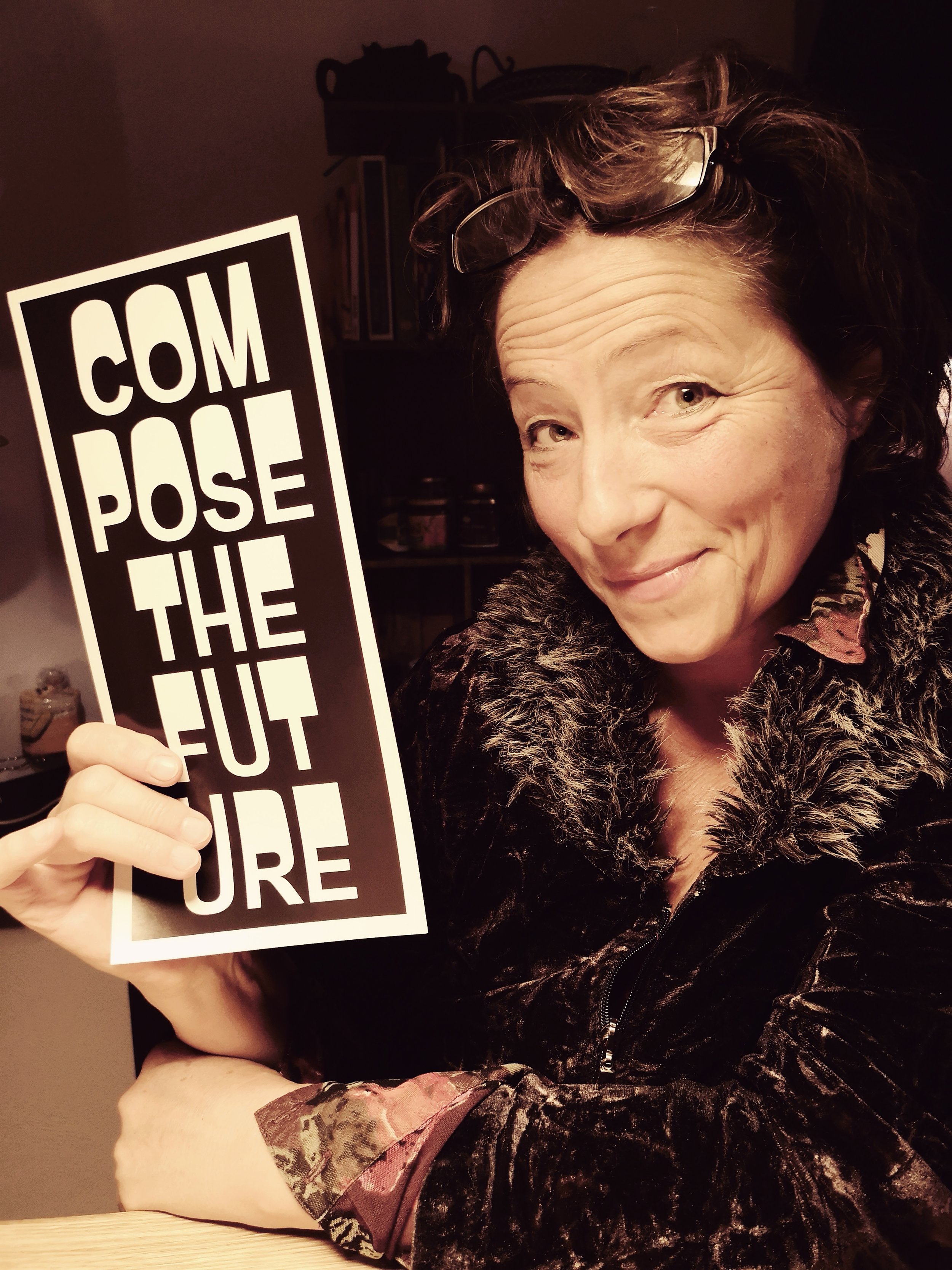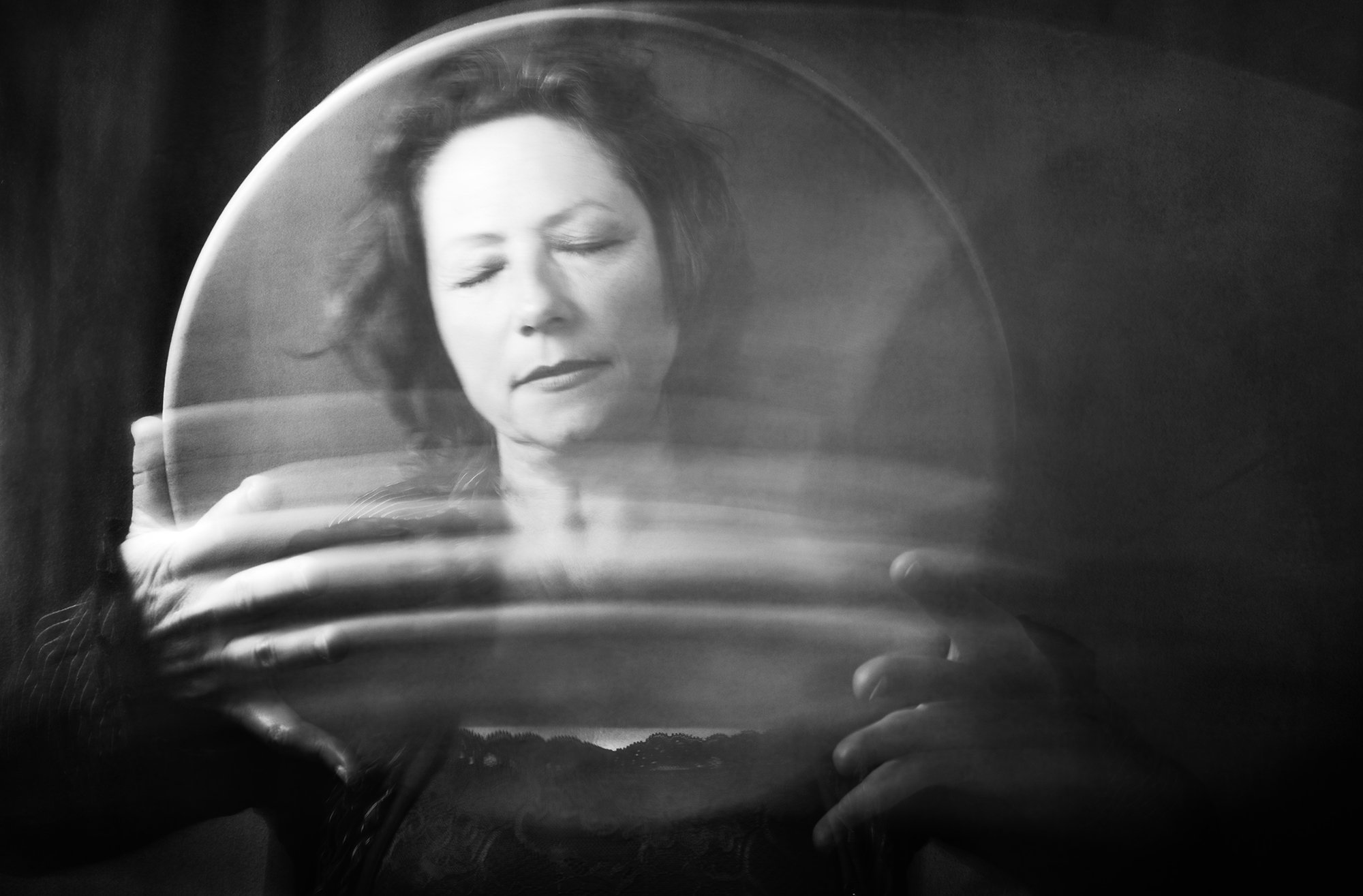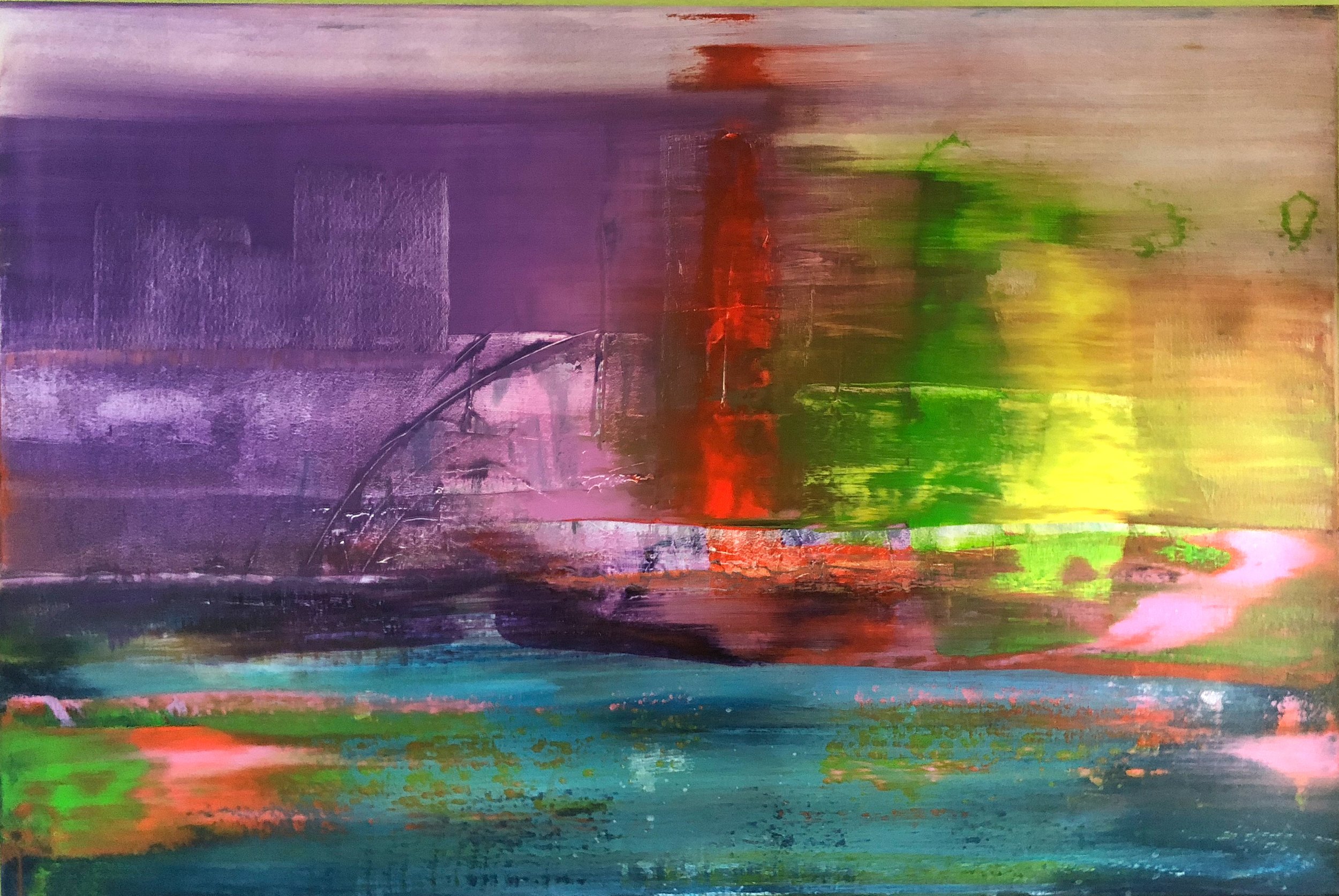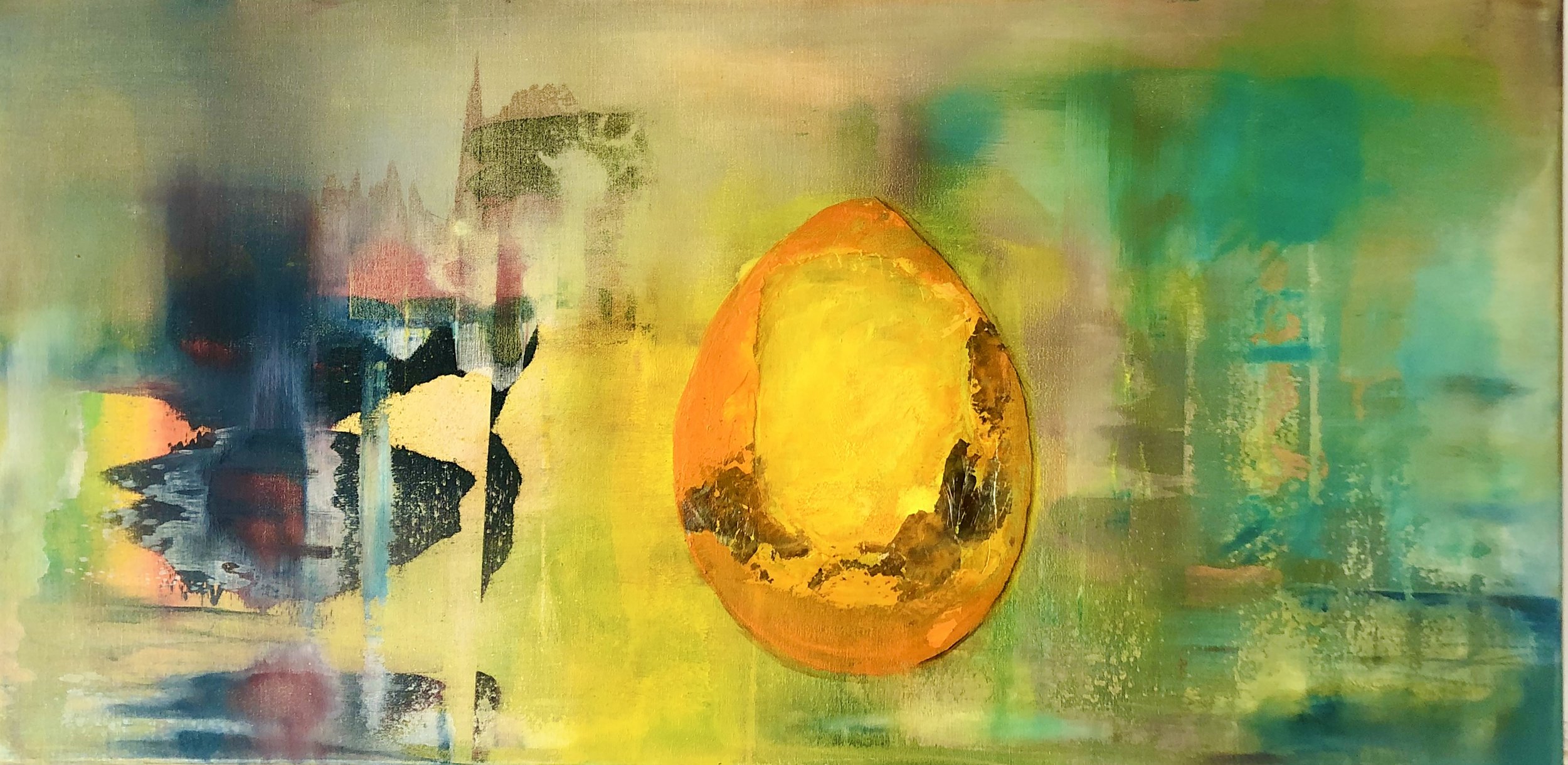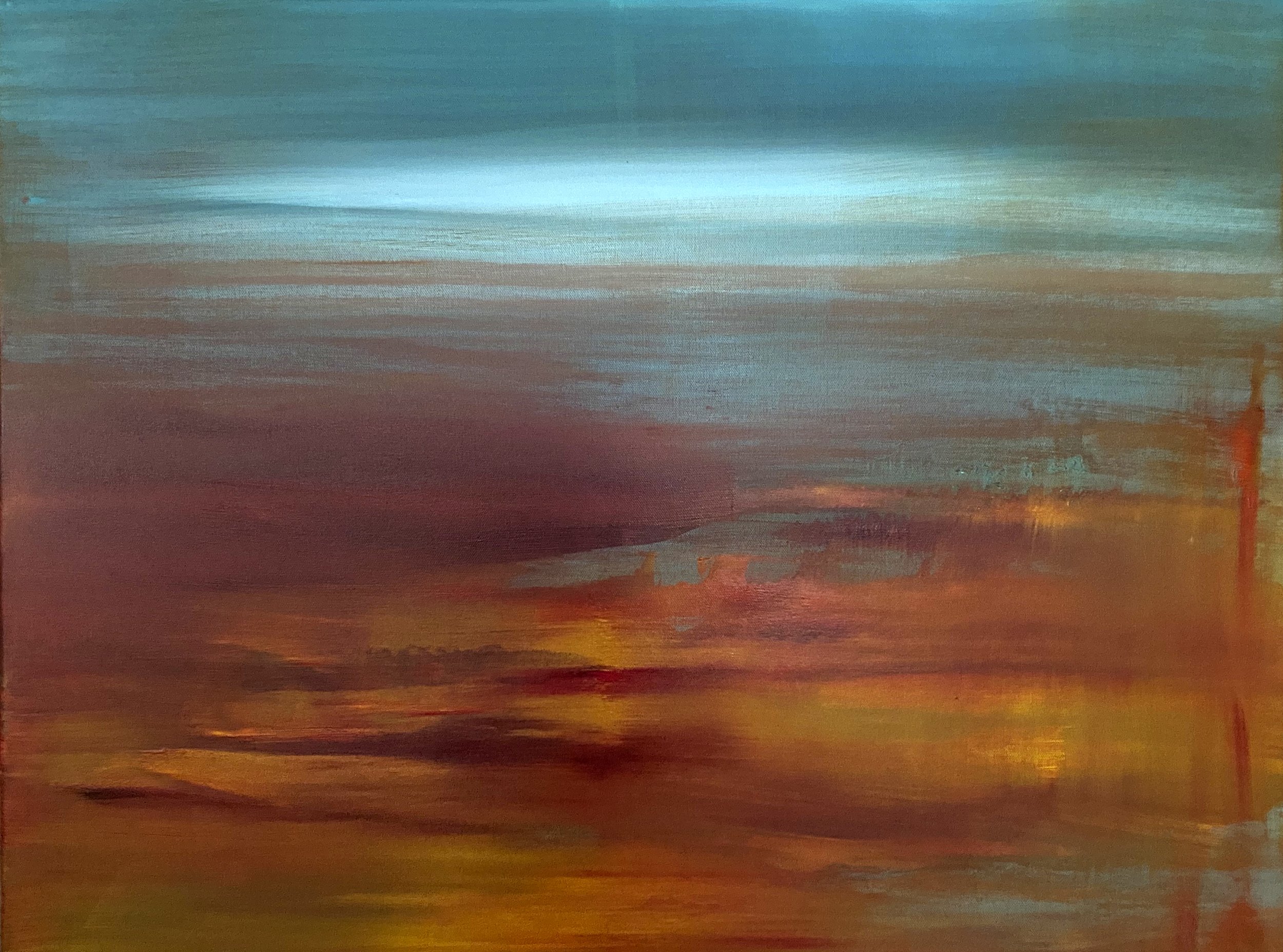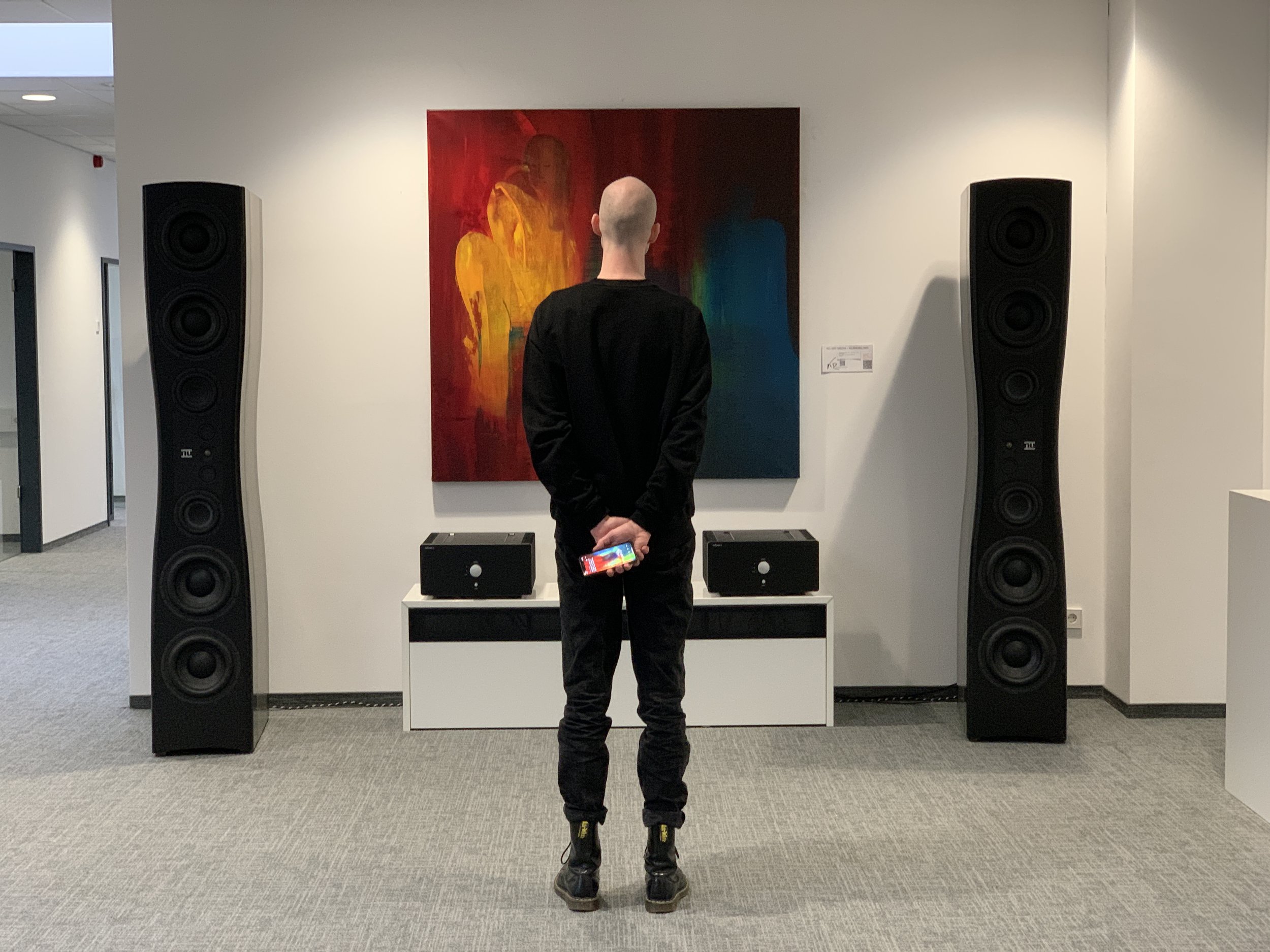Interview
Katharina Dustmann
Katharina Dustmann has been working as an artist since 1983. She currently works from her atelier and recording studio in Wiesbaden, Germany.
As a sound engineer specializing in music for the performing arts, Katharina has built an impressive portfolio in the fields of theater, film, art and music. Since 1989, she’s been working on the synergy between image and music in order to realize musical theater productions as well as cinematic and multimedia sound image projects in Germany and abroad.
As a painter, Katharina creates, and as a photographer she discovers image compositions. Thus, photography also becomes an artistic process, which, in addition to the real capture of a moment, also requires the discovery of image statements, visual language and a structured order of the picture elements in the sense of a composition.
A particularly exciting field of work is the Klangbilder/Sound of Colors, which involves visual representations with specially composed music as a Gesamtkunstwerk, spatial concept for unusual exhibitions. This concept enables her to combine music and performing arts in a unique way, and to offer the viewer a multimedia art experience.
Katharina Dustmann was born in Bad Oeynhausen in 1965 and grew up in the far north, behind the dikes.
What is your background and how did you start your journey in the art world?
“As a child, I was different from other children. I experienced the world differently without knowing that I was doing it, which is probably the case for all artists. Growing up in a small village, I had a lot of time to devote to nature, basking in the glow of colors and lights. I was free and uncontrolled. I spent many hours in the forest with my dog or horses and listened to music everywhere. Over time, nature sharpened my senses to intense perception. Today, I know that I’m a synesthete and that I feel differently and more intensely. I hear music when I see pictures, and see pictures when I hear music. Both are always present.
I was never understood in school, and when I started to fully express myself, they didn’t want me anymore. So I went my own way, channeling my creative power into the art world, both for self-expression and as a way to earn an income. I don’t like to be in the spotlight and mostly work in the background, and therefore the prizes were often taken by the other artists. It wasn’t important for me to make it big; the main thing was that I could work and survive on it, and I did that very well.”

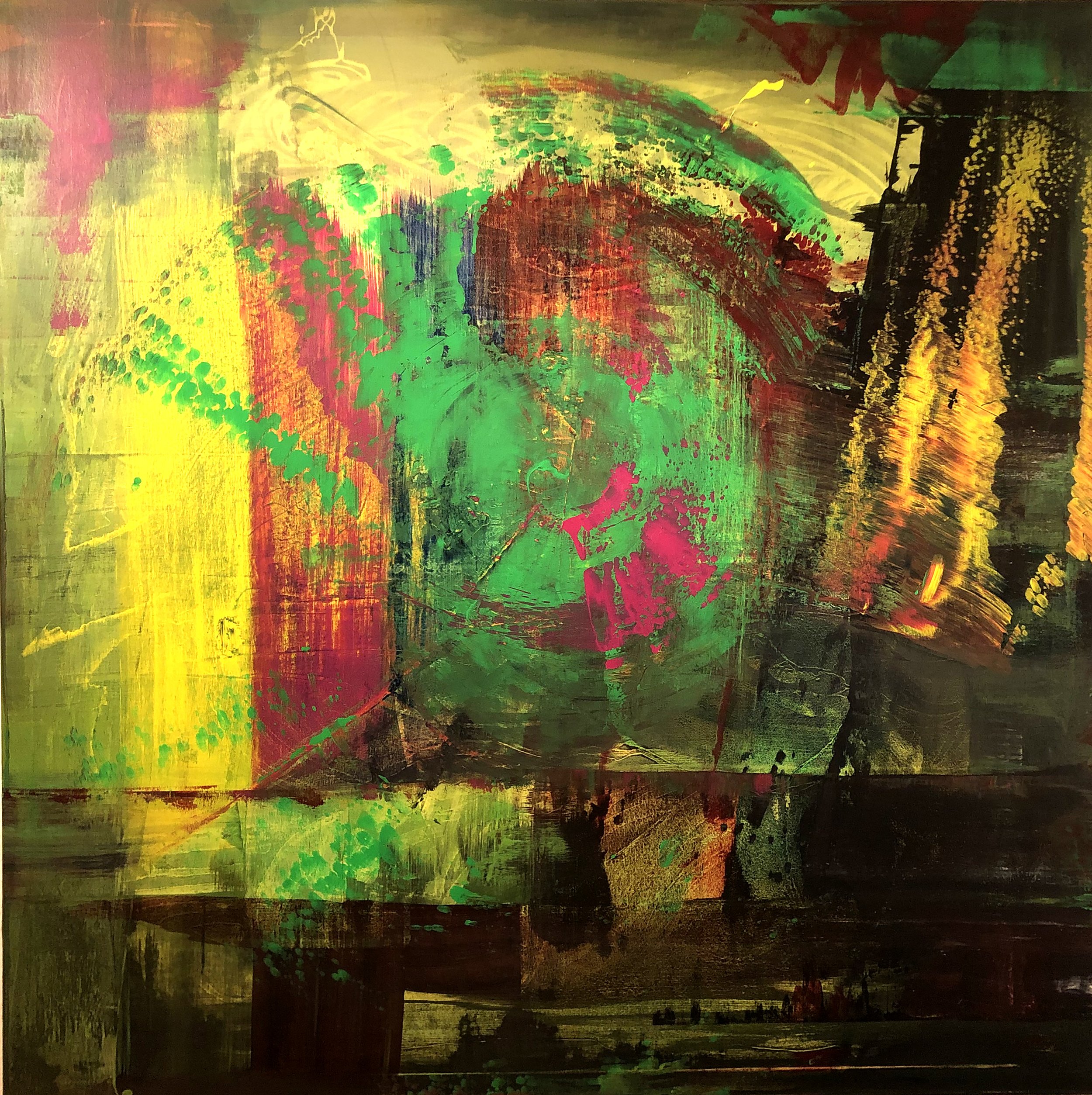
What inspires you most?
“I’m inspired by the world and its way of moving—the way it turns like a carousel. If you stop for a moment, everything will fly past you. Sometimes, you jump up onto it and ride for a bit, then wait again, and so on. It’s an endless cycle.
I hope I live long enough to still be able to realize all these ideas.”
“I can spend hours just being with myself while doing creative work. It’s like a valve, something has to flow out all the time or it will explode.
Be it music, crafts, painting or tinkering, it doesn’t matter; it has to flow. ”
What themes do you pursue? Is there an underlying message in your work?
“I want to make a change with my work. I want to move something or someone so that it keeps turning and doesn’t stop. My question is, what moves you? What do you feel when you look at someone else’s work? What is it that moves you in that art piece? Where are you in this phase right now? Do you want to stay and continue looking at the art, or would you rather go? Can you see something? Can you discover yourself?”
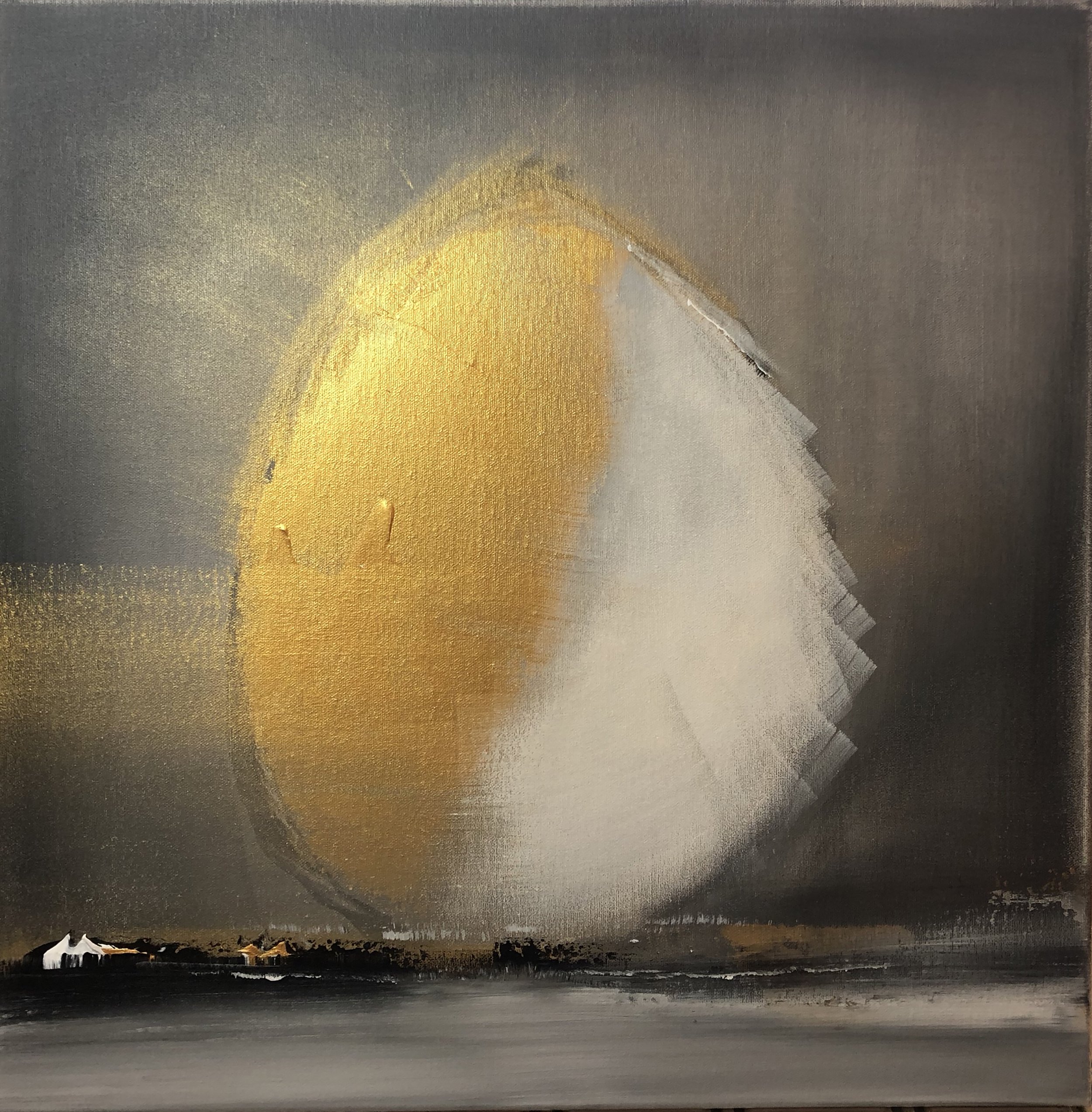

How would you describe your work?
“My work says: I am free!”
Which artists influence you most?
“I like Arvo Pärt, an Estonian composer who is considered one of the most important living composers of new music, and a representative of New Simplicity music. I feel the music he plays and he makes me fly, and I channel that energy into creating new things.”
What is your creative process like?
“When I fly, I simply take off and let myself go. It’s a great feeling, just being there. I also have to make sure that when it’s over, I land well.”
What is an artist’s role in society and how do you see that evolving?
“Artists will have a hard time living with the internet, which is a machine. Art can’t live with a machine.
People’s perception of art is also changing. I think it’s strange to buy art only because it’s an investment. To feel the art, soak it in, experience it, and let it work through you, that’s art, but only a few artists succeed in doing that nowadays. Art is special because it’s a feeling, not a tangible object like a dress or a car.”
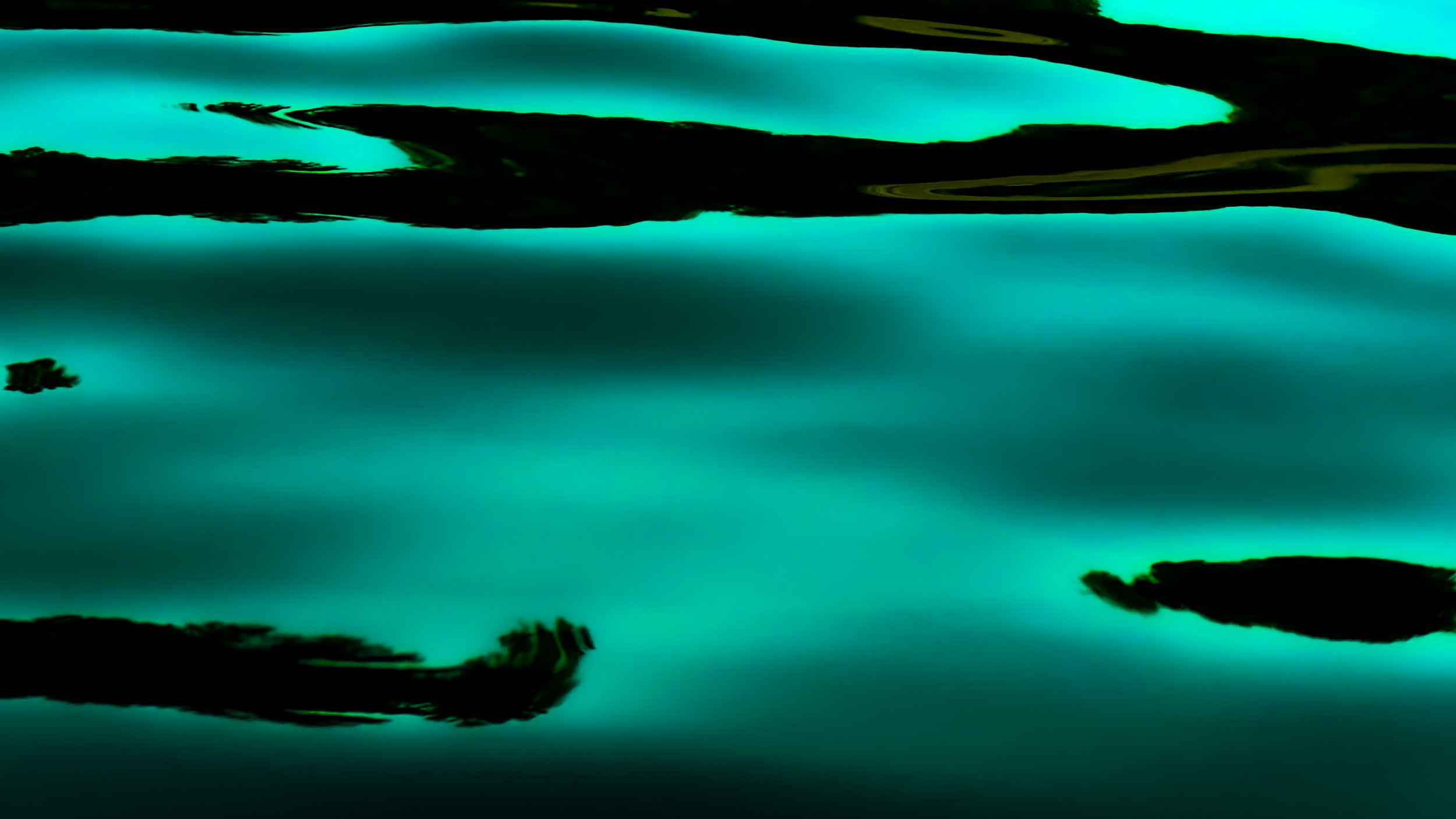
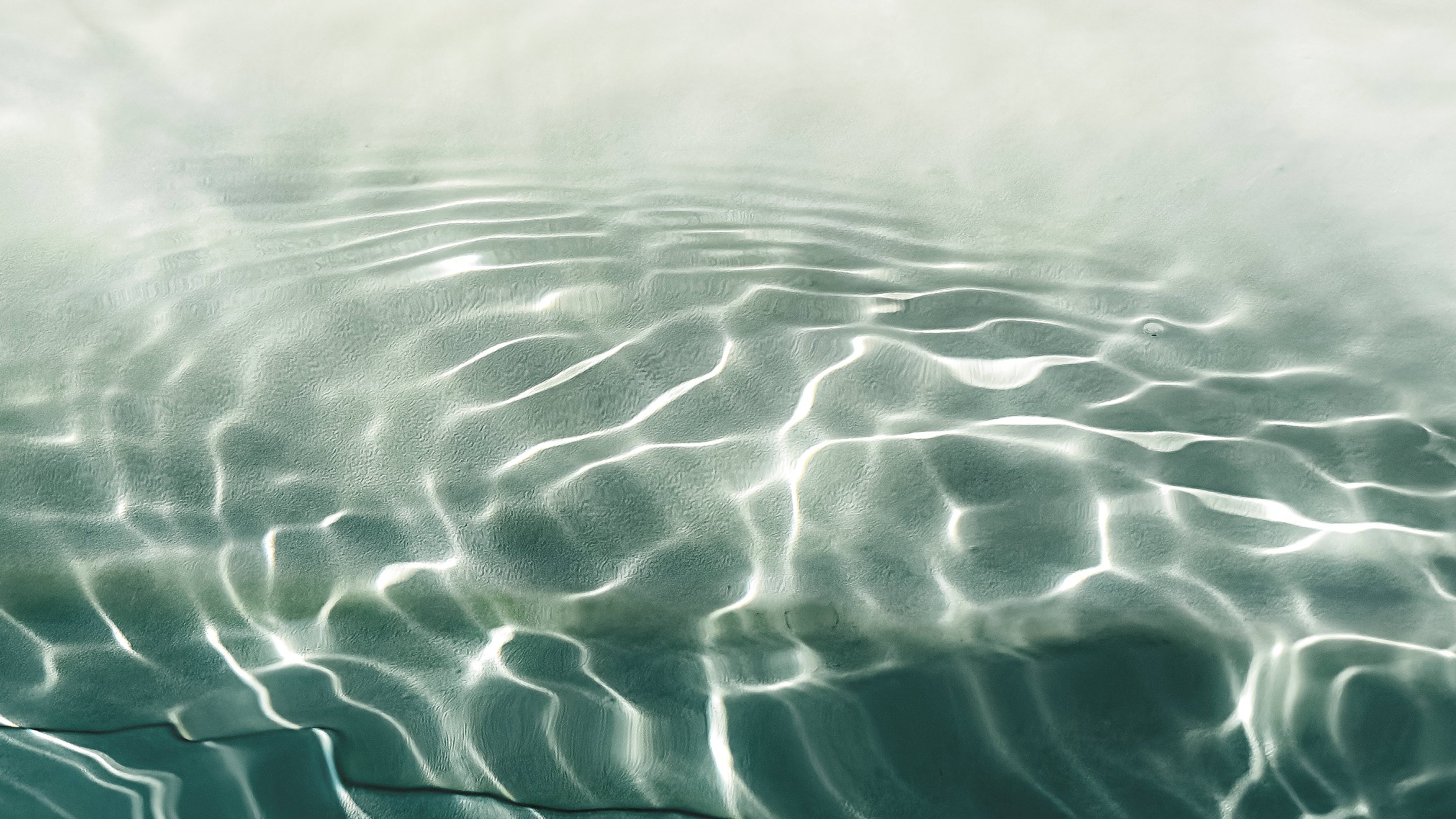
Have you had any noteworthy exhibitions you'd like to share?
“My most fascinating experiences were probably at the light and sound productions, ‘Illumina’. They took place in 8 large parks with different themes in North Rhine-Westphalia, Germany. I synchronized the music and sounds to various light-controlled scenes.
People wandered through the parks at night, and everywhere there were talking trees or stories, even from a cave and imaginary rivers created by sound and light. There were playgrounds that seemed like a dream, large castles where sound and light brought the party to life, and trees that argued or made music. Many of the playouts were in multi-channel technology with up to 10 channels, and always with a lot of light. I was allowed to conduct and that was fun. Afterwards, I was illuminated.”


